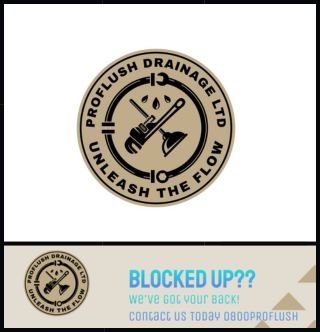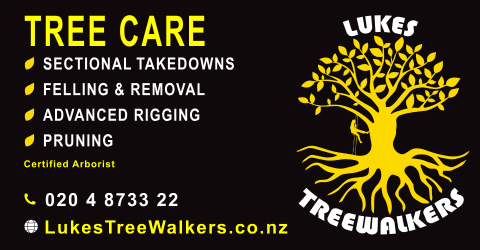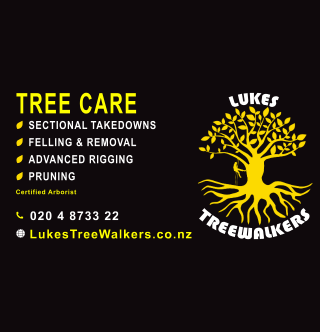The Ōtaki River is at extreme levels of more than 50% riverbed cover. Detached mats of dried algae are widespread along the river margins. Mats have also been found in the Waikanae River at Jim Cooke Park.
This is the first time guideline levels have been exceeded in Ōtaki River. The affected area extends from Hautere all the way down to the river mouth. The stretch of the river below SH1 is particularly bad. Swimmers should avoid this reach as the risk is very high.
Caution is also advised when choosing a swimming spot in the Waikanae River downstream of SH1, due to the presence of detached mats.
Kāpiti river alert: Toxic algae in Ōtaki river at extreme levels
Toxic algae in the Waingawa and Ōtaki rivers are at extreme levels of more than 50% riverbed cover. Detached mats of dried algae are widespread along the river margins. Mats have also been found in the Waikanae River at Jim Cooke Park.
The algae is shiny brown/dark green and coats submerged riverstones. When it dies it floats to the surface and forms brown mats at the water’s edge. It is important to keep an eye on babies and toddlers who are inclined to put objects in their mouths. Seek emergency medical attention if anyone in your group swallows toxic algae.
Contact with toxic algae can cause symptoms such as skin irritation, nausea, vomiting, numbness, tingling or muscle twitches. You may feel short of breath. If you develop these symptoms following contact with the river, please contact your doctor or Healthline on 0800 611 116. Swallowing toxic algae has the potential to cause serious health issues such as convulsions or loss of consciousness, symptoms which need urgent medical attention.
This is the first time guideline levels have been exceeded in Ōtaki River. The affected area extends from Hautere all the way down to the river mouth. The stretch of the river below SH1 is particularly bad. Swimmers should avoid this reach as the risk is very high.
Swimmers should also avoid the Waingawa River.
Caution is also advised when choosing a swimming spot in the Waikanae River downstream of SH1, due to the presence of detached mats.
Dogs
Keep dogs on leashes in these areas. Dogs are at greatest risk from toxic algae because they love the smell of it and will eat it if they can. During a bloom, they must be kept on a leash along the river bank. If you suspect your dog has eaten toxic algae (even if only a coin-sized amount) take it straight to the vet.
Know your enemy
Greater Wellington monitors popular swimming spots weekly throughout the summer. We will issue an alert if toxic algae reaches unsafe levels, but please learn to recognise and avoid it.
When the weather is dry our rivers can produce toxic algal blooms, especially where the water is already shallow. We monitor the toxic algae in rivers in the region, and work with councils across the region to keep river and stream users informed.
Given the rapid growth of toxic algae, and its potential change in coverage between weekly monitoring points, people are also urged to get educated.
For more up-to-date information about where to swim, go to www.gw.govt.nz/safeswim/
Current toxic algae status
Kāpiti Coast – red flag warning: Toxic algae in the Ōtaki River is at extreme levels of more than 50% of riverbed cover. Detached mats of dried algae are widespread. Mats have also been found in the Waikanae River at Jim Cooke Park.



















